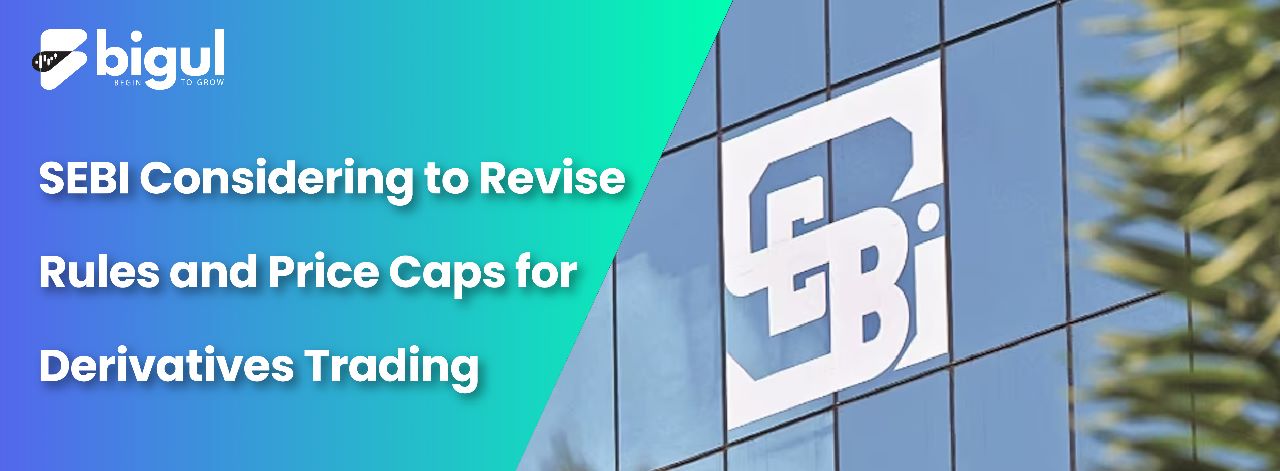The market watchdog Sebi plans to reassess the criteria for adding stocks to the futures and options (F&O) segment, also known as the equity derivatives market. The last review of the eligibility criteria for the introduction of stocks in derivatives was done in 2018
SEBI mentioned in its annual report that the measures showing the size and activity of the regular stock market, like market capitalisation and turnover, have significantly increased since the last review in 2018. Because of this, SEBI is planning to reexamine the requirements that decide which stocks can be added to and remain in the derivatives trading segment.
Key Criteria Under Scrutiny
- Average Daily Market Capitalisation: The average value of the company’s total shares outstanding, calculated daily.
- Average Daily Traded Value: The average daily trading volume of the stock, indicating its liquidity.
- Market Wide Position Limit: A limit set to control the quantity of derivatives contracts that can be held by all participants combined to prevent excessive concentration.
- Quarter Sigma Values: These are volatility measures helping to assess the potential price movements of the stock.
- Average Daily Deliverable Value: The average daily value of shares that are actually delivered (transferred) during trading.
These criteria ensure that the stocks used for derivatives trading have sufficient trading activity and liquidity and represent a balanced market. This safeguards against excessive speculation and promotes stable trading conditions.
Proposed Changes to Price Limits for Equities in Derivatives Segment
The market regulator (SEBI) has also expressed its intention to modify the way price limits are set for stocks in the equity derivatives segment. Currently, stocks that are part of the F&O (futures and options) segment do not have fixed circuit limits, which are the maximum price movement allowed within a specific timeframe.
For example, let’s consider a stock in the F&O segment with a circuit limit of 10 per cent on both the upward and downward sides. This means that once the stock’s price hits this limit, further price movement restrictions are relaxed. However, there’s a 15-minute cooling-off period before new limits are applied for F&O stocks.
In simpler terms, SEBI is looking to adjust how price limits work for stocks involved in derivatives trading. Currently, these stocks don’t have fixed price limits, but SEBI is planning to potentially change this system, taking into account factors like price movements and time intervals. This could affect how these stocks are traded and how their price movements are managed.
SEBI’s Efforts to Enhance Price Limit Management for Equity Derivatives
SEBI, the market regulator, is working to enhance the way price limits are managed for stocks and their derivative contracts in the equity derivatives segment. This effort aims to improve the management of price volatility and reduce situations where some participants might have more information than others (information asymmetry).
SEBI’s goal is to create a stronger system that ensures more effective risk management and maintains orderly trading for these stocks and their derivatives. By refining the framework for price limits, SEBI intends to decrease the potential impact of various risks, such as sudden extreme market volatility, unintentional input errors, or technical issues faced by trading members.
In simpler terms, SEBI wants to make sure that the rules governing price movements for these stocks and their derivatives are better equipped to handle unexpected events, prevent extreme price swings, and ensure a fair and stable trading environment for all participants. This would help maintain investor confidence and market integrity.








.jpg)
.jpg)
